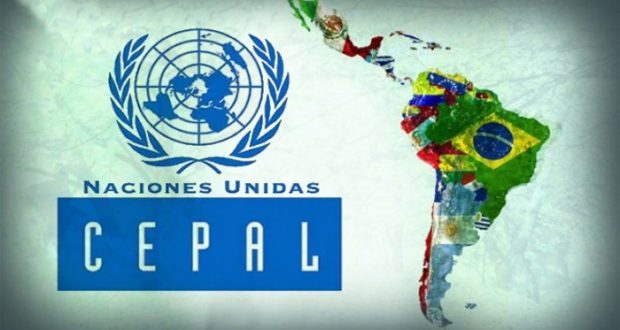In response to several media outlets, including Prensa Latina, the executive secretary of the United Nations agency, José Manuel Salazar-Xirinachs, said the consequences may be different in each country, depending on their foreign trade schemes.
“From that perspective, Mexico is surely the most vulnerable, because 84 percent of its exports go to the United States and there is a very high degree of integration among their supply chains and productive structures,” he said.
If Trump were to actually apply a tariff, 10 percent, rather than 25 percent, Mexican exports and investment would be affected and the country’s Gross Domestic Product GDP would be 0.8 to one percentage point lower, he explained. Salazar-Xirinachs warned that Central American countries are also vulnerable, not only in terms of trade, but also because of remittances sent by migrants, and if mass deportations are actually conducted as announced, this would also have negative consequences.
ECLAC considers South American countries to be less vulnerable, as their most important trading partners are China and the European Union.
The UN agency also estimates that the measures announced by Trump, such as the increase in tariffs on imported products and the deportation of migrants, would have inflationary effects in the United States due to the increase in the price of goods and the shortage of labor.
In its last report of the year, presented on Wednesday, the Economic Commission for Latin America and the Caribbean predicted low growth rates for the region, which will be 2.2 percent this year and 2.4 in 2025.
ied/arc/car










